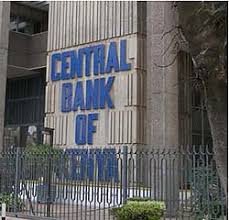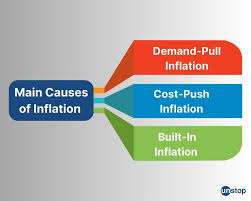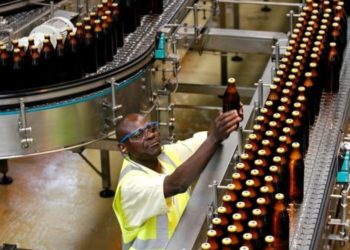In the second quarter of this year, Kenya’s imports of chemical fertiliser decreased by almost half, sparking a food crisis as farmers began planting their crops without the vital supplement.
A recently released study by the Kenya National Bureau of Statistics (KNBS) indicates that imports of chemical fertilisers, which comprise nitrogen, phosphorus and potassium, decreased by 48% to 98,915 metric tonnes between April and June from 191,944 metric tonnes during the same time period last year.
This explains why, even after the harvests from the prolonged rains entered the market, the shortage of maize persisted and drove the price of a two-kilogramme package of maize flour to a record-breaking KSh250.
The decline, according to Timothy Njagi, a research associate at the public policy think tank Tegemeo Institute, was caused by the high cost of the input, which prevented many traders from purchasing it last year between late April and early June.
State Sets Aside Ksh3.5 Billion For Fertilizer Subsidy
“It is the price that went up, so most of the importers cut back on purchases because they were not sure farmers would buy fertiliser,” said Dr Njagi.
He anticipates that if the new Kenya Kwanzaa government introduces a subsidy programme as part of its goal to address the present food crisis, the amount of imported fertiliser would decrease even more in the third quarter.
Despite significantly reduced shipments of chemical fertiliser, importers nevertheless paid more per unit. Inorganic fertilisers were imported into Kenya for a total of 98,915 tonnes at a cost of Sh8 billion in the second quarter of this year, or Sh80,941 per tonne. When compared to the Sh44,056 they spent on the input at the same time the previous year, this represents an increase of 83.7 percent.
No Subsidy For Unga, Ruto Tells Kenyans
Saudi Arabia and Russia, which are both under sanction, supply the majority of Kenya’s chemical fertiliser. Massive natural gas reserves in Russia are utilised to create nitrogen-based fertilisers like urea.
The production of factories in Africa that import components to produce finished fertilisers also decreased, further limiting the availability of nearby farmers. As a result, the cost of fertilisers like DAP has increased.


![Fertiliser.photo/[courtesy]](https://thesharpdaily.com/wp-content/uploads/B4CF9639-A7F1-45F5-B29A-C9C35C16075A-750x375.jpeg)















